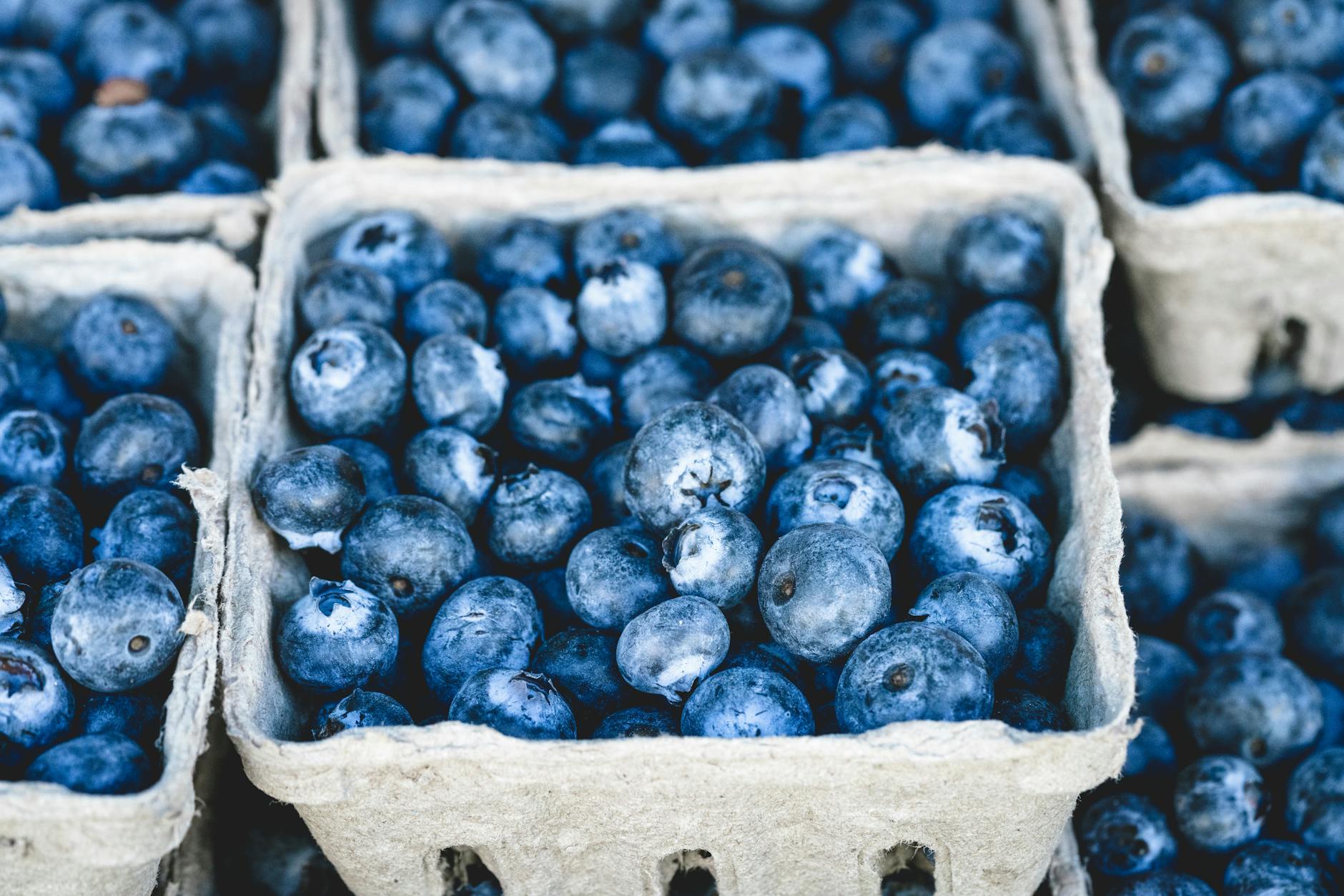The realm of cannabis can be fascinating with its wide array of strains each possessing unique characteristics ranging from flavor and aroma to THC and CBD levels. Strains can widely vary in their effects and medicinal benefits, principally dictated by three major types: sativa, indica, and hybrid. In this discourse, we aim to explore these variances and shed light on how different strains may impact an individual’s overall cannabis experience.
Photo by Esteban Lopez on Unsplash
When discussing cannabis strains, a fundamental understanding of sativa, indica, and hybrid becomes crucial. Research suggests that the differentiation primarily lies in the plant’s physical properties, cannabinoid content, and resultant effects.
Sativa strains, for instance, are recognized for their tall and thin plants with narrow leaves. When consumed, they can offer an uplifting and energizing effect, making them a popular choice for daytime use. These strains often are associated with an elevated mood, increased focus and creativity, and even euphoria. Additionally, many users report these strains having a citrusy or fruity flavor profile.
On the other end of the spectrum, we find indica strains with short, bushy plants and broad leaves. Traditionally grown in cooler climates with shorter growing seasons, they are often rich in CBD levels. The effects of indica strains are typically calming and relaxing, often leading to a body high. These strains might be especially beneficial for those struggling with sleep issues, physical pain, or anxiety. Often, users describe their aroma as sweet or sour.
Hybrid strains, as the name implies, are a crossbreed of sativa and indica strains, possessing attributes of both. Growers carefully select each parent strain, seeking to combine desirable traits from each to develop a new cannabis variant with unique properties. The effects of hybrid strains can lean towards their sativa or indica parentage, or offer a well-balanced effect of both, making them quite versatile.
Comprehending the THC and CBD levels in different cannabis strains is equally important. THC, or delta-9-tetrahydrocannabinol, is a psychoactive compound responsible for most of cannabis’s surefire ‘high’ effect. A strain with a high THC level can have potent psychoactive effects, often recommended for pain relief, nausea, and appetite stimulation.
Conversely, CBD (cannabidiol) is a non-psychoactive compound which does not create a ‘high’, and may counterbalance the effects of THC. Strains with high CBD levels are often linked to relieving symptoms related to seizures, inflammation, and anxiety.
How someone experiences the effects of various strains can be highly subjective and depend on various factors, including biological differences, tolerance, dosage, and consumption method. For this reason, it’s crucial to approach cannabis use mindfully, starting with small amounts and gradually adjusting as needed.
Moreover, aroma and flavor – due to a combination of organic compounds known as ‘terpenes’ – significantly contribute to the overall cannabis experience and can also indicate the strain’s potential effects and medical benefits. For instance, limonene, found in citrusy strains, is known for mood-enhancing effects, while strain with myrcene, often with an earthy aroma, may be relaxing and sedating.
In conclusion, exploring different cannabis strains and understanding their properties can significantly enhance an individual’s experience, while also helping them find the right strain for their needs. This exploration can be exciting; however, remember it’s also crucial to consider local laws and regulations regarding cannabis use.
Ultimately, it’s equally significant to consult with healthcare professionals or cannabinoid specialists when considering cannabis for medical reasons. They can provide expert advice based on individual medical history and symptoms, ensuring that the chosen strain offers the desired effects and benefits safely.
Sources:
1. Leafly
2. Healthline
3. National Center for Biotechnology Information

